 Written by Andrew O. (andrewo)
Written by Andrew O. (andrewo)
Not all Ferraris are created equal. Yes, they have made some of the world's best looking and driving cars, but some fail to live up to their badge. Below are what I consider to be the top 5 best and worst Ferraris ever made. Please feel free to tell me what you think in the comments.
Top 5 Best Ferraris
1. Ferrari 250 SWB California Spyder
This is definitely one of the prettiest cars ever made my Ferrari. The 250 Cabriolet was a nice car, but the weekend racer wanted more. The SWB California was based on the race car chassis of the 250 SWB GT. This combination of style and race car performance ended up creating the most celebrated open Ferrari ever. The 250 SWB California is everything a Ferrari should be. It is pretty, muscular, fast, and elegant all at the same time.
2. Ferrari F40
When Ferrari came out with the F40, people expected a lot. It was supposed to be the best supercar, it was the last car Enzo was directly involved with, and it was made to celebrate Ferrari's 40th Anniversary. Even though a Bentley Continental SS has a higher top speed than the F40, for the time period, the specifications of the F40 were unbelievable. The Lamborghini Countach could barely get to 180 mph while the F40 could go 201. The looks and performance of the F40 have made it a legend that is starting to shoot up in value. I can only hope the F70 can be as good as the F40.
3. Ferrari 575 Superamerica
The 575 was a fantastic car and the Superamerica version was even better. The glass targa top was genius - and practical idea. It looked good with the top up and it did not compromise the trunk space when it was down because it folded over the trunk. The 575 was one of the best GT cars in the world. A 575 Superamerica with a stick shift is one of my dream cars.
4. Ferrari 275
The 275 is basically a Daytona that looks even better. The lines of the 275 are stunning. It is not just one of the prettiest Ferraris; it is one of the prettiest cars ever. The later 275 GTB/4s with the long nose (for more stability at top speed) are the most desirable models. It might not be as fast as the Daytona that replaced it, but the looks of the 275 make up for it's lack of performance.
5. Ferrari 355
Another one of the best looking Ferraris is the 355. The 5 valve V8 makes the thing absolutely scream at speed. It has classic Ferrari lines with a flipped up tail spoiler reminiscent of the 288 GTO. Dropping the engine to change the belts might get annoying (and very expensive) but it's a small price to pay for what you get. At $50,000 to $60,000, it is one of the best deals on the market.
5 Cars Ferrari Never Should Have Built
1. Ferrari FF
It might be fast, but it looks god awful. The grinning face (with teeth) makes it look like a jack O'lantern that I would have made in second grade. The shooting brake design can look nice but it was not well executed with the FF. Ferrari has the best team of designers in the world and I was very disappointed when they came out with the FF.
2. Ferrari 208
It looks nice but come on! A Ferrari should at least be somewhat quick. The 308 was slow enough and the 208 was just down right embarrassing. The car was only made so owners could get around the over 2.0 Litre tax on cars in Europe. Interestingly, the 2 litre V8 is the smallest V8 ever put into production.
3. Ferrari 400i/412
These are just horrible. The untrained eye could easily mistake one of these for an 80's Mustang! It is really boring and most of them were ordered with full automatics.
4. Ferrari 308 GT4
These are so ugly. The US versions were even uglier with their brick like bumpers. The front view is okay but the rear 3/4 view is very strange.
5. Ferrari 365 California
I'm kind of torn on this one. It looks interesting from the front but it wasn't a very good car. The back looks okay but Ferrari did almost nothing to strengthen the chassis after they cut the roof off a 365. I remember reading an article saying that the doors would not close properly after driving down a rough road. It was very poorly engineered.
So, what do you all think? Leave your comments below.
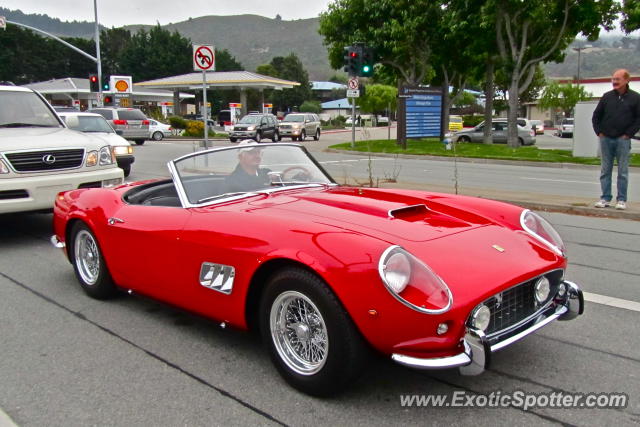
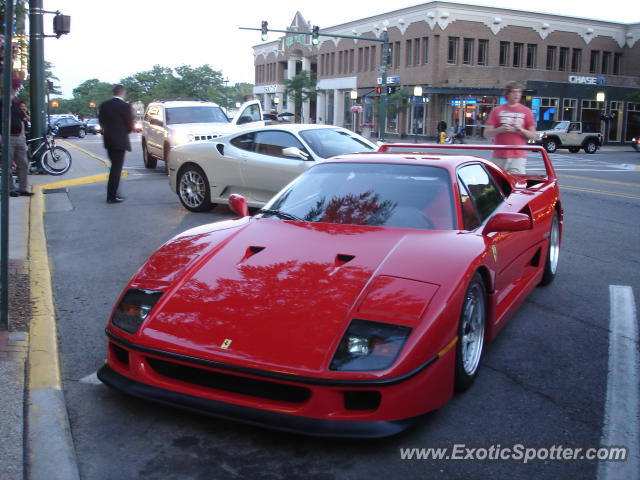
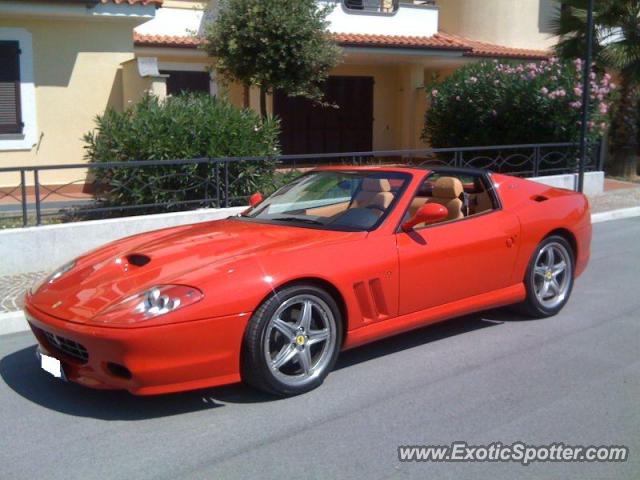
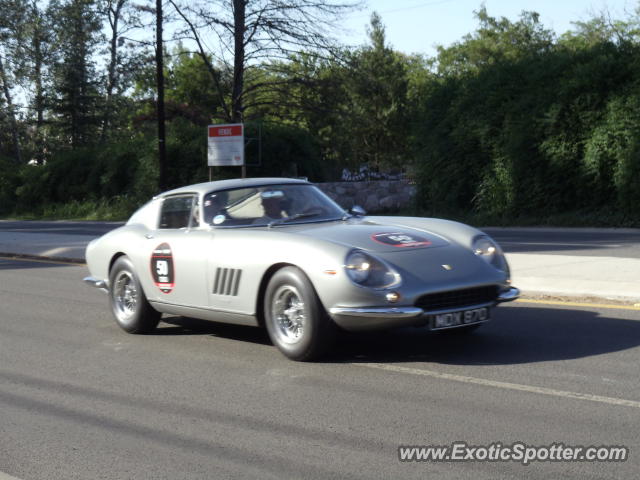
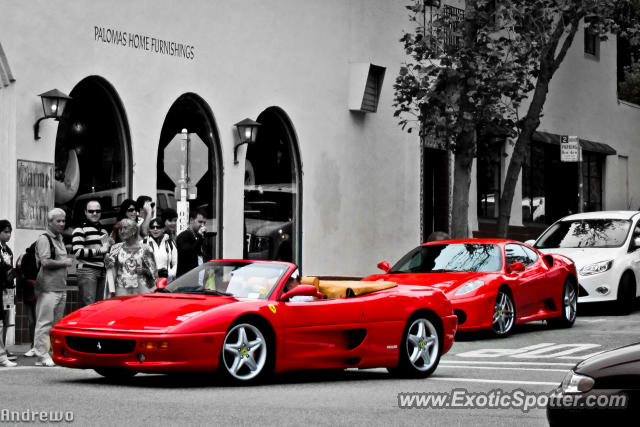
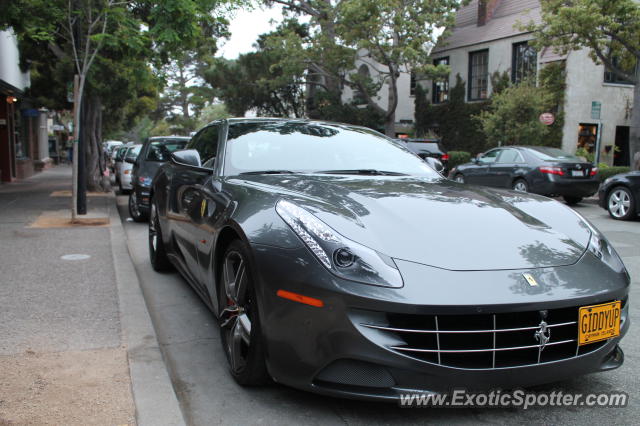
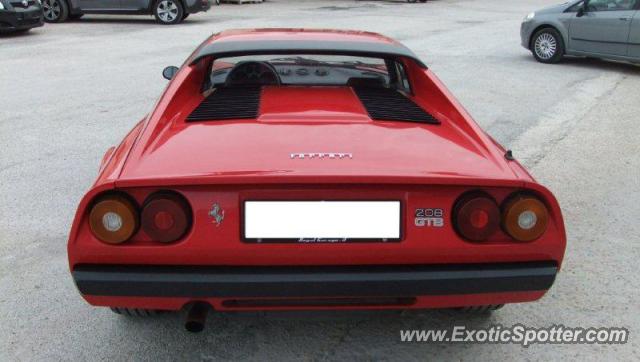
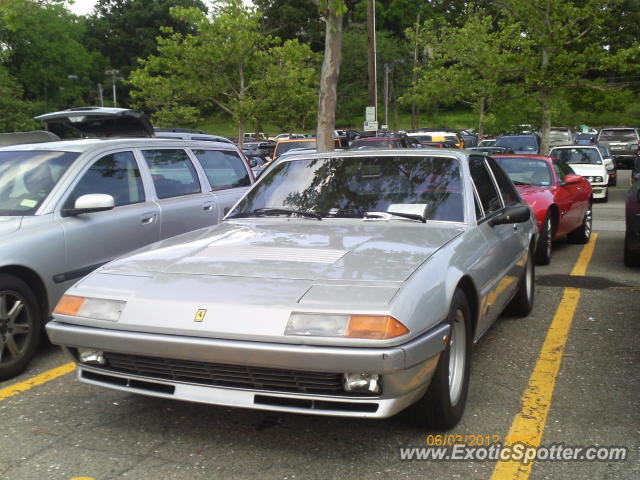
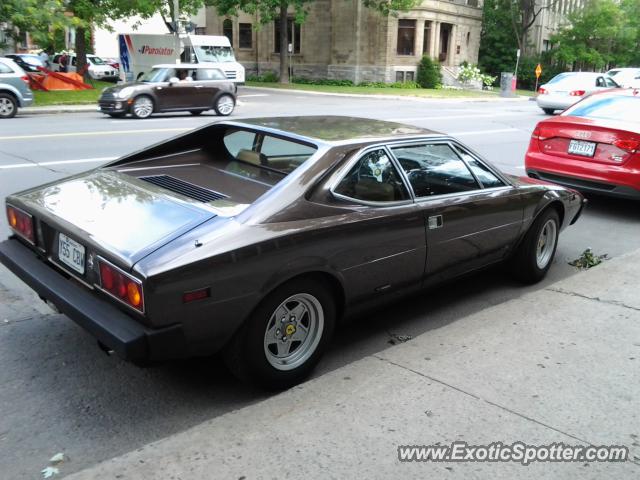


Dispositivos de equilibrado: fundamental para el desempeno uniforme y efectivo de las maquinarias.
En el ambito de la innovacion contemporanea, donde la rendimiento y la confiabilidad del sistema son de gran significancia, los dispositivos de calibracion cumplen un tarea crucial. Estos sistemas especificos estan disenados para ajustar y asegurar elementos giratorias, ya sea en dispositivos productiva, vehiculos de desplazamiento o incluso en electrodomesticos de uso diario.
Para los expertos en mantenimiento de equipos y los ingenieros, manejar con dispositivos de ajuste es esencial para asegurar el rendimiento estable y confiable de cualquier dispositivo giratorio. Gracias a estas herramientas modernas sofisticadas, es posible minimizar considerablemente las sacudidas, el zumbido y la carga sobre los cojinetes, prolongando la vida util de piezas valiosos.
Igualmente relevante es el tarea que desempenan los dispositivos de calibracion en la soporte al consumidor. El soporte experto y el reparacion continuo aplicando estos aparatos habilitan ofrecer servicios de alta excelencia, aumentando la contento de los usuarios.
Para los responsables de emprendimientos, la financiamiento en estaciones de calibracion y sensores puede ser importante para incrementar la eficiencia y rendimiento de sus equipos. Esto es especialmente importante para los emprendedores que administran modestas y intermedias empresas, donde cada aspecto es relevante.
Ademas, los aparatos de equilibrado tienen una extensa aplicacion en el ambito de la prevencion y el gestion de nivel. Permiten localizar posibles defectos, reduciendo arreglos onerosas y problemas a los sistemas. Ademas, los indicadores extraidos de estos aparatos pueden usarse para maximizar procesos y mejorar la presencia en motores de exploracion.
Las campos de implementacion de los sistemas de calibracion comprenden numerosas areas, desde la elaboracion de vehiculos de dos ruedas hasta el control de la naturaleza. No importa si se considera de grandes manufacturas de fabrica o modestos locales domesticos, los sistemas de balanceo son fundamentales para promover un rendimiento efectivo y sin presencia de fallos.